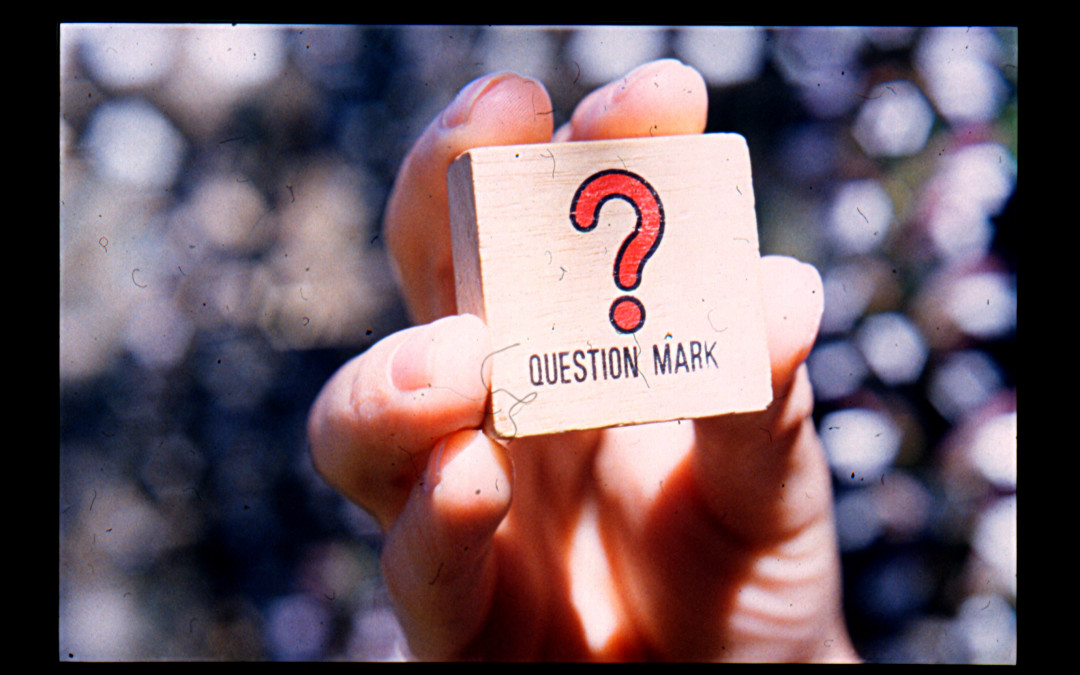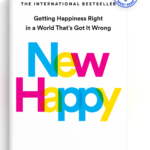This post is a chance to respond to a few of the questions that come to me from business owners, brand managers, and interested readers. If you have issues and would like a perspective, you can reach at jeffreylynnslater@gmail.com You can reach me via Twitter to @Moments_Later. I answer every email and tweet as promptly as I can.
“How frequently should I send emails to my customers? I own small bookstores and have a mailing list of about 2,500 readers.” Asks Sherry from San Diego?
Sherry, good for you for collecting that many emails. It allows you to speak directly to your target.
How often are you emailing your customers today and what percentage are opening those emails? If you are sending them out with useful information that the subscribers wants to know, weekly may be the right pacing. If you are sending them out with information that isn’t helpful, then the frequency isn’t the issue, its content.
Start by thinking about the strategy behind your email campaigns. Are the emails reminders to stay top of mind, are you looking to drive people to your store or are you offering them a chance to click and buy immediately? The pacing and cadence might be different depending on your goal.
The best way to gauge this is to talk to your subscribers and ask them for input. What do they want to know? Are they interested in learning about particular authors new releases or for opportunities to meet authors when they are in town?
Your interest might be to stay top of mind with 2,500 people who know your store. But your customers may want accurate information that is helpful to them.
The best answer to your question is that if you capture this information when someone signs up, then you may have some clients who hear from you weekly and others just when certain new books arrive.
Give subscribers options for daily, weekly or monthly emails. Give them choices to learn about authors signing books, new books in a particular category or perhaps they’d like to know what’s trending in your shop? Reach out to your existing list and ask them to answer a few simple questions to help tailor the information that is useful to them so you are helpful. Not all customers are alike, so try and segment who should get what types of mailing and segment your list. By the way, some subscribers might prefer to get tweets from you as last minute reminders of fun activities at the store. Reach your tribe in the way they want to hear from you.
I’m struggling to be different from my competitors. We sell fishing gear online but lately we can’t compete with some companies who are always lowering prices. Any suggestions, asks Tom from Kentucky.
Tom, the first questions I have is to understand what your best customer’s value and why they do buy from you and not another well-known store? The answer to your differentiation questions may lie in their response. Customers might genuinely appreciate that you or your staff are always accessible to help and respond to questions. If this is the case, maybe your marketing has to focus more on the human side of your customer service.
Perhaps offering a special Text a Fishing Expert. (Alternatively, it could be a through Twitter – TWEETtheFISHERMAN). Let customers text or tweet you or some of your top staff to get help. Being available might make a big difference, even though not too many will take advantage of the availability. Find a meaningful way to be different – then market that feature in all your communications.
You want to find a way to say:
ONLY WE offer ______________ to customers who are looking for fishing gear.
That “only we” are what may help you differentiate your business from others.
I manage several brands for a regional snack food business. We never have enough money to do all the things that I want to try, and we end up doing the same things each year. Any suggestions? Asks Claire from Wisconsin.
Claire, I feel your pain. Having managed snack food brands, I know that you can never have enough money for the entire portfolio.
My approach was always to start with the P&L and understand what brands had the best margin and growth potential. Growing a high-margined product line by 8% meant a lot more to the business than building a low-margined brand by 25%. So, focus your resources where the margins are richest, and you see a clear path to growth. You might need to spend 80% of your resources on your top brand and starve the orphan brands since they can’t make as big an impact on the profitability of the company.
If the greatest volume growth is from a low-margin brand, you may need to work with your operations team to understand if there is any hope that with a proper investment, you could reduce manufacturing costs enough to make this brand viable over time.
Another thing you should do is to sit down with your management and make sure you are clear on what success looks like for the company. If they just want 6% growth across the board, you may have to push back and ask harder questions. Ultimately, a brand has to have enough return to warrant continued investment.
Sometimes, you have to kill off a few underperforming brands to put even more against the high potential products. Just like SKU reductions, brands need to be reduced from companies with portfolios of product lines.
Another angle some people consider is to see if you could sell with a master brand that is part of all the goods. That way, you are marketing one brand – with various line extensions. I would be very cautious of this approach because your brand will no longer stand for anything. It will be too generic.
I know it isn’t easy, but focusing more resources on one or two high potential opportunities is a smart move. Large companies like P&G will sell-off or discontinue brands that just don’t have the potential to create profits and sustainable revenue.
Thanks for the questions. Keep those cards and letters and tweets coming in to The Marketing Sage.
___________
Got a question on marketing your brands, business or services, contact me here.
https://www.flickr.com/photos/kareneliot/




